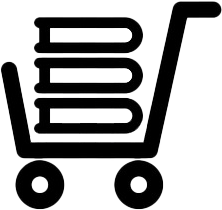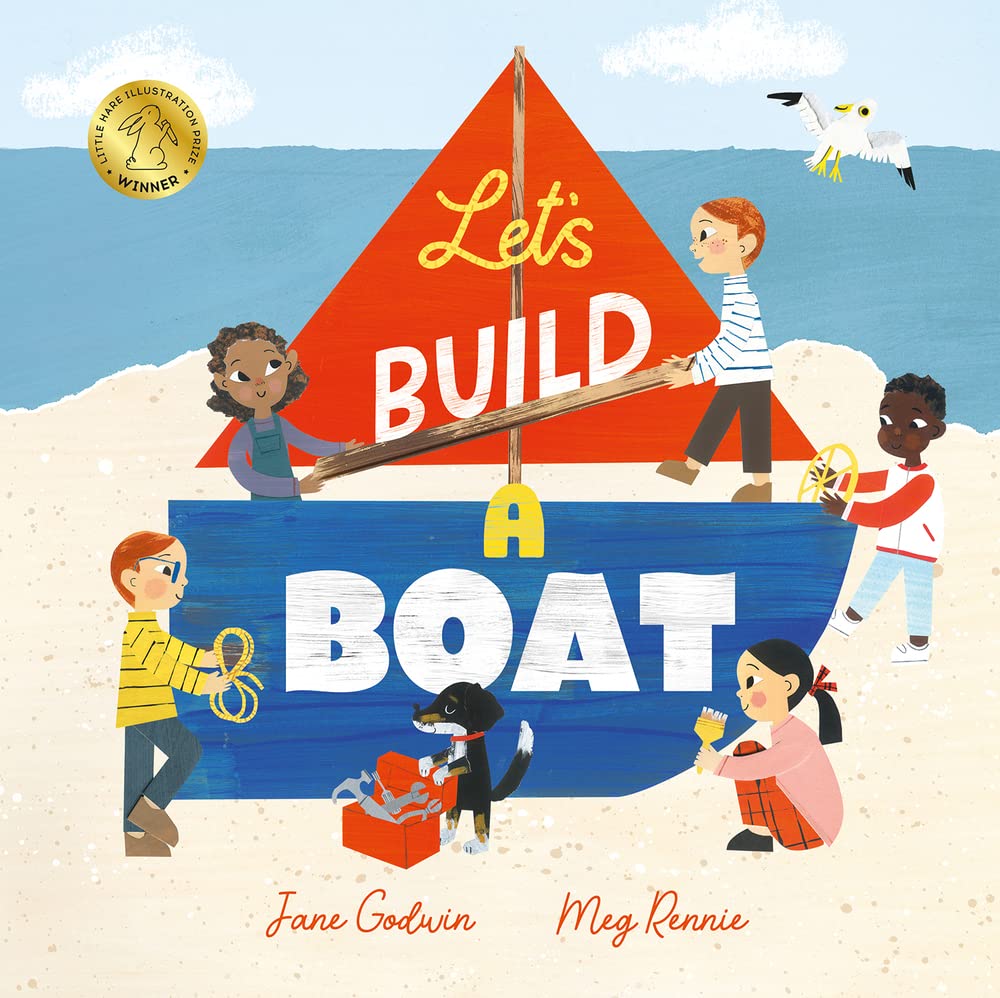Let’s Build a Boat by Jane Godwin, illustrated by Meg Rennie, is a vibrant picture book that celebrates creativity, teamwork, and resilience. Through natural rhymes and engaging illustrations, the story follows a group of children collaborating to build a boat, offering rich opportunities for integrating reading comprehension, procedure writing, design skills in Australian primary classrooms.
Health and Physical Education
Let’s Build a Boat encourages discussions about teamwork, problem-solving, and perseverance. Students can share personal experiences of working collaboratively to develop respectful relationships and enjoy the shared outcomes (AC9HP2P01).
The story serves as a springboard for conversations about feelings, such as excitement, tiredness, and satisfaction, encountered during group work and how they navigate through negative moments (AC9HP2P03).
Design and Technologies
Processes and Production Skills
The storyline mirrors the design process, from conceptualisation to evaluation. Engaging in a hands-on boat-building project allows students to apply these skills practically, fostering critical thinking and creativity. Students can explore:
- Planning: Discussing ideas and drawing designs for their own boats (AC9TDE2P01).
- Choosing Materials and Tools: Selecting appropriate materials for construction, considering factors like floating and durability (AC9TDE2P02).
- Following Steps: Sequencing the building process, emphasising the importance of order and safety (AC9TDE2P04).
- Evaluating or Adjusting: Reflecting on the effectiveness of their designs and making necessary modifications, paralleling the story’s theme of resilience when faced with challenges (AC9TDE2P03).
Literacy and Literature
Reading Comprehension
The book provides great illustrations for predicting and inferring, and it’s short and memorable, which is ideal for practising summarising. Themes of friendship and boats make it personally relevant to children, helping them easily connect their own experiences to the text. The simple, clear language supports faster retrieval of facts, which is especially helpful when answering literal questions. These features make the story highly accessible while building key comprehension strategies (AC9E1LY05, AC9E2LY05).
Interaction Skills and Discussion
Students engage in discussions with classmates and participate in Dialogic Reading with teachers to explore the story’s themes, characters, and settings, helping them identify the main ideas of the text (AC9E1LE02, AC9E2LE02, AC9E1LY02, AC9E2LY02). Through open-ended questions, prompts, and shared dialogue, students practise expressing opinions and justifying their thinking using evidence from the text and illustrations. These rich interactions help deepen their understanding of the narrative structure and support the development of vocabulary and oral language skills. By listening to and building on others’ ideas, students also strengthen their speaking and listening capabilities in purposeful and respectful ways.
Procedure Writing
Inspired by the narrative, students can engage in procedure writing by outlining the steps involved in building a boat, either real or imagined. This activity reinforces the structure of procedural texts, including the use of action verbs, time-order words, and clear, sequential language. It also provides a meaningful opportunity for students to connect written instructions with hands-on or visual tasks, enhancing both their understanding of instructional writing and their ability to communicate ideas clearly and effectively (AC9E1LY06, AC9E2LY06).




![[T4R] Let’s Build a Boat Reading/Design Unit for Year 1/2 [T4R] Let’s Build a Boat Reading/Design Unit for Year 1/2](https://stevendegc.com.au/wp-content/uploads/2025/05/LetsBuildaBoat-T4R-Overview-Cover-1024x626.jpg)
![[T4R] Let’s Build a Boat: L1 Background Knowledge [T4R] Let’s Build a Boat: L1 Background Knowledge](https://stevendegc.com.au/wp-content/uploads/2025/05/LetsBuildaBoat-T4R-L1-Cover-1024x626.jpg)
![[T4R] Let’s Build a Boat: L2 Making Predictions [T4R] Let’s Build a Boat: L2 Making Predictions](https://stevendegc.com.au/wp-content/uploads/2025/05/LetsBuildaBoat-T4R-L2-Cover-1024x627.jpg)
![[T4R] Let’s Build a Boat: L10 Summarising [T4R] Let’s Build a Boat: L10 Summarising](https://stevendegc.com.au/wp-content/uploads/2025/05/LetsBuildaBoat-T4R-Lesson10-Cover-1024x626.jpg)
![[T4R] Let’s Build a Boat: L11 Evaluation and Reflection [T4R] Let’s Build a Boat: L11 Evaluation and Reflection](https://stevendegc.com.au/wp-content/uploads/2025/05/LetsBuildaBoat-T4R-Lesson11-Cover-1024x626.jpg)
![[T4R] Let’s Build a Boat: L3 Making Connections [T4R] Let’s Build a Boat: L3 Making Connections](https://stevendegc.com.au/wp-content/uploads/2025/05/LetsBuildaBoat-T4R-Lesson3-Cover-1024x625.jpg)
![[T4R] Let’s Build a Boat: L4 Literal Retrieval [T4R] Let’s Build a Boat: L4 Literal Retrieval](https://stevendegc.com.au/wp-content/uploads/2025/05/LetsBuildaBoat-T4R-Lesson4-Cover-1024x626.jpg)
![[T4R] Let’s Build a Boat: L5 Connecting to a Different Text [T4R] Let’s Build a Boat: L5 Connecting to a Different Text](https://stevendegc.com.au/wp-content/uploads/2025/05/LetsBuildaBoat-T4R-Lesson5-Cover-1024x626.jpg)
![[T4R] Let’s Build a Boat: L6 Writing a Boat-making Procedure [T4R] Let’s Build a Boat: L6 Writing a Boat-making Procedure](https://stevendegc.com.au/wp-content/uploads/2025/05/LetsBuildaBoat-T4R-Lesson6-Cover-1024x626.jpg)
![[T4R] Let’s Build a Boat: L7 Making a Raft [T4R] Let’s Build a Boat: L7 Making a Raft](https://stevendegc.com.au/wp-content/uploads/2025/05/LetsBuildaBoat-T4R-Lesson7-Cover-1024x625.jpg)
![[T4R] Let’s Build a Boat: L8 Testing the Raft [T4R] Let’s Build a Boat: L8 Testing the Raft](https://stevendegc.com.au/wp-content/uploads/2025/05/LetsBuildaBoat-T4R-Lesson8-Cover-1024x626.jpg)
![[T4R] Let’s Build a Boat: L9 Making Inferences [T4R] Let’s Build a Boat: L9 Making Inferences](https://stevendegc.com.au/wp-content/uploads/2025/05/LetsBuildaBoat-T4R-Lesson9-Cover-1024x625.jpg)


Leave a Reply